Nursing Care of Children Principles and Practice 3rd edition by Susan R. James – Test Bank
James: Nursing Care of Children: Principles and Practice, 3rd Edition
Test Bank
Chapter 04: Health Promotion for the Developing Child
MULTIPLE CHOICE
1.Which of the following statements best describes development in infants and children?
|
a. |
Development, a predictable and orderly process, occurs at varying rates within normal limits. |
|
b. |
Development is primarily related to the growth in the number and size of cells. |
|
c. |
Development occurs in a proximodistal direction with fine muscle development occurring first. |
|
d. |
Development is more easily and accurately measured than growth. |
ANS: A
|
Feedback |
|
|
A |
Development, a continuous orderly process, provides the basis for increases in the child’s function and complexity of behavior. The increases in rate of function and complexity can vary normally within limits for each child. |
|
B |
An increase in the number and size of cells is a definition for growth. |
|
C |
Development proceeds in a proximodistal direction with fine muscle organization occurring as a result of large muscle organization. |
|
D |
Development is a more complex process that is affected by many factors; therefore, it is less easily and accurately measured. Growth is a predictable process with standard measurement methods. |
DIF: Cognitive Level: Knowledge REF: Text Reference: pgs 64-65
OBJ:Nursing Process Step: Assessment
MSC: NCLEX: Health Promotion and Maintenance
2.Frequent developmental assessments are important for which of the following reasons?
|
a. |
Stable developmental periods during infancy provide an opportunity to identify any delays or deficits. |
|
b. |
Infants need stimulation specific to the stage of development. |
|
c. |
Critical periods of development occur during childhood. |
|
d. |
Child development is unpredictable and needs monitoring. |
ANS: C
|
Feedback |
|
|
A |
Infancy is a dynamic time of development that requires frequent evaluations to assess appropriate developmental progress. |
|
B |
Infants in a nurturing environment will develop appropriately and will not necessarily need stimulation specific to their developmental stage. |
|
C |
Critical periods are blocks of time during which children are ready to master specific developmental tasks. Children can master these tasks more easily during particular periods of time in their growth and developmental process. |
|
D |
Normal growth and development is orderly and proceeds in a predictable pattern on the basis of each individual’s abilities and potentials. |
DIF:Cognitive Level: ComprehensionREF:Text Reference: pg 66
OBJ:Nursing Process Step: Assessment
MSC: NCLEX: Health Promotion and Maintenance
3.Which of the following factors has the greatest influence on child growth and development?
|
a. |
Culture |
|
b. |
Environment |
|
c. |
Genetics |
|
d. |
Nutrition |
ANS: C
|
Feedback |
|
|
A |
Culture is a significant factor that influences how children grow toward adulthood. Culture influences both growth and development but does not eliminate inborn genetic influences. |
|
B |
Environment has a significant role in determining growth and development both before and after birth. The environment can influence how and to which extent genetic traits are manifested, but environmental factors cannot eliminate the effect of genetics. |
|
C |
Genetic factors (heredity) determine each individual’s growth and developmental rate. Although factors such as environment, culture, nutrition, and family can influence genetic traits, they do not eliminate the effect of the genetic endowment, which is permanent. |
|
D |
Nutrition is critical for growth and plays a significant role throughout childhood. |
DIF: Cognitive Level: Comprehension REF: Text Reference: pgs 65, 66, 72
OBJ:Nursing Process Step: Assessment
MSC: NCLEX: Health Promotion and Maintenance
4.According to Piagetian theory, the period of cognitive development in which the child is able to distinguish fact from fantasy is which of the following?
|
a. |
The sensorimotor period of cognitive development |
|
b. |
The formal operations period of cognitive development |
|
c. |
The concrete operations period of cognitive development |
|
d. |
The preoperational period of cognitive development |
ANS: C
|
Feedback |
|
|
A |
The sensorimotor stage occurs in infancy and is a period of reflexive behavior. During this period the infant’s world becomes more permanent and organized. The stage ends with the infant demonstrating some evidence of reasoning. |
|
B |
Formal operations is a period in development in which new ideas are created through previous thoughts. Analytic reason and abstract thought emerge in this period. |
|
C |
Concrete operations is the period of cognitive development in which children’s thinking is shifted from egocentric to being able to see another’s point of view. They develop the ability to distinguish fact from fantasy. |
|
D |
The preoperational stage is a period of egocentrism in which the child’s judgments are illogical and dominated by magical thinking and animism. |
DIF: Cognitive Level: Knowledge REF: Text Reference: pgs 67-70
OBJ:Nursing Process Step: Assessment
MSC: NCLEX: Health Promotion and Maintenance
5.The theorist who viewed developmental progression as a lifelong series of conflicts that need resolution is:
|
a. |
Erikson. |
|
b. |
Freud. |
|
c. |
Kohlberg. |
|
d. |
Piaget. |
ANS: A
|
Feedback |
|
|
A |
Erik Erikson viewed development as a series of conflicts affected by social and cultural factors. Each conflict must be resolved for the child to progress emotionally, with unsuccessful resolution leaving the child emotionally disabled. |
|
B |
Sigmund Freud proposed a psychosexual theory of development. He proposed that certain parts of the body assume psychological significance as foci of sexual energy. The foci shift as the individual moves through the different stages (oral, anal, phallic, latency, and genital) of development. |
|
C |
Lawrence Kohlberg described moral development as having three levels (preconventional, conventional, and postconventional). His theory closely parallels Piaget’s. |
|
D |
Jean Piaget’s cognitive theory interprets how children learn and think and how this thinking progresses and differs from adult thinking. Stages of his theory include sensorimotor, preoperations, concrete operations, and formal operations. |
DIF:Cognitive Level: ComprehensionREF:Text Reference: pg 70
OBJ:Nursing Process Step: Assessment
MSC: NCLEX: Health Promotion and Maintenance
6.What does the nurse need to know when observing chronically ill children at play?
|
a. |
Play is not important to hospitalized children. |
|
b. |
Children need to have structured play periods. |
|
c. |
Children’s play is an indication of their response to treatment. |
|
d. |
Play is to be discouraged because it tires hospitalized children. |
ANS: C
|
Feedback |
|
|
A |
Play is important to all children in all environments. Play for children is a mechanism for mastering their environment. |
|
B |
Although children’s play activities appear unorganized and at times chaotic, play has purpose and meaning. Imposing structure on play interferes with the tasks being worked on. |
|
C |
Play for all children is an activity woven with meaning and purpose. For chronically ill children, play can indicate their state of wellness and response to treatment. |
|
D |
Children who have fewer energy reserves still require play. For these children, less-active play activities will be important. |
DIF: Cognitive Level: Implementation REF: Text Reference: pgs 84-85
OBJ:Nursing Process Step: Implementation
MSC: NCLEX: Health Promotion and Maintenance
7.Which of the following children is most likely to be frightened by hospitalization?
|
a. |
A 4-month-old infant admitted with a diagnosis of bronchiolitis |
|
b. |
A 2-year-old toddler admitted for cystic fibrosis |
|
c. |
A 9-year-old child hospitalized with a fractured femur |
|
d. |
A 15-year-old adolescent admitted for abdominal pain |
ANS: B
|
Feedback |
|
|
A |
Young infants are not as likely to be frightened as toddlers by hospitalization because they are not as aware of the environment. |
|
B |
Toddlers are most likely to be frightened by hospitalization because their thought processes are egocentric, magical, and illogical. They feel very threatened by unfamiliar people and strange environments. |
|
C |
The 9-year-old child’s cognitive ability is sufficient enough for the child to understand the reason for hospitalization. |
|
D |
The 15-year-old adolescent has the cognitive ability to interpret the reason for hospitalization. |
DIF: Cognitive Level: Comprehension REF: Text Reference: pgs 70-71
OBJ:Nursing Process Step: Assessment
MSC: NCLEX: Health Promotion and Maintenance
8.Which of the following statements made by a 15-year-old adolescent with a diagnosis of neurofibromatosis (an autosomal dominant genetic disorder) best demonstrates an understanding of the mechanism of inheritance for the disease?
|
a. |
“My babies will probably not have neurofibromatosis.” |
|
b. |
“My babies have a 50% chance of having neurofibromatosis.” |
|
c. |
“Whether my babies have problems depends on the father.” |
|
d. |
“My babies have a 25% chance of having neurofibromatosis.” |
ANS: B
|
Feedback |
|
|
A |
An individual with a defective gene for neurofibromatosis can have a child without the disease; however, there is a 50% probability with each pregnancy of having a child with the disease. |
|
B |
Neurofibromatosis is an autosomal dominant genetic disorder that occurs when the abnormal gene is carried on the affected chromosome with a normal gene. Because the abnormal gene is dominant, an individual with the defective gene has a 50% chance of transmitting the defect to an infant with each pregnancy. |
|
C |
Neurofibromatosis is not a sex-linked genetic disease; therefore, either the father or the mother genetically transfers it to the infant. |
|
D |
A parent with the defective gene will genetically transfer either a normal or abnormal gene to an infant. Because the defective gene is dominant, there is a 50% probability of the child inheriting the disease. |
DIF: Cognitive Level: Application REF: Text Reference: pgs 75-76
OBJ:Nursing Process Step: Evaluation
MSC: NCLEX: Health Promotion and Maintenance
9.During a routine health care visit, a parent asks the nurse why her 9-month-old infant is not walking as her older child did at the same age. Which of the following responses by the nurse best demonstrates an understanding of child development?
|
a. |
“She’s a little slow.” |
|
b. |
“If she is pulling up, you can help her by holding her hand.” |
|
c. |
“Babies progress at different rates. Your infant’s development is within normal limits.” |
|
d. |
“Maybe she needs to see a behavioral specialist.” |
ANS: C
|
Feedback |
|
|
A |
The infant is within normal developmental limits. The statement is inappropriate for the nurse to make. |
|
B |
Infants will walk when they are developmentally ready. “Hurrying” an infant does not result in the developmental task being achieved at an earlier time period. |
|
C |
Ninety percent of infants walk by 14 months of age. (See DDST II in Appendix, which assesses for age-appropriate development in children from birth to age 6 years.) |
|
D |
Consulting a behavioral specialist for diagnostic evaluation is indicated when a child demonstrates developmental delays. The child has no evidence of a delay. |
DIF:Cognitive Level: Implementation
REF:Text Reference: pgs 79-80, see appendix DDST II
OBJ:Nursing Process Step: Assessment
MSC: NCLEX: Health Promotion and Maintenance

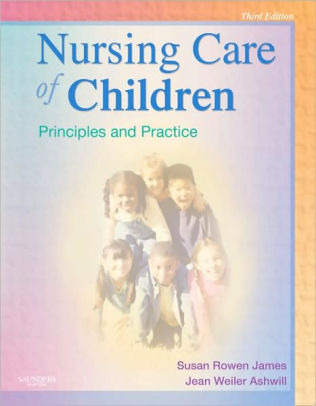
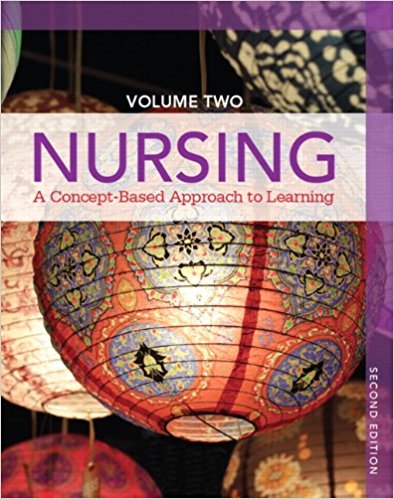
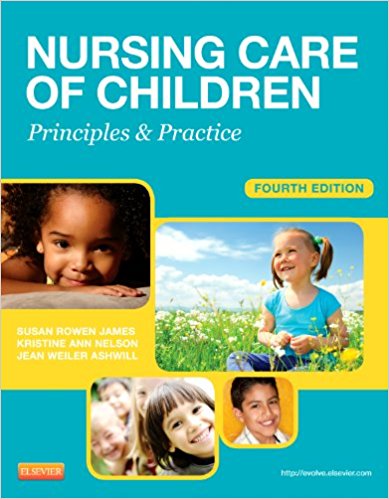




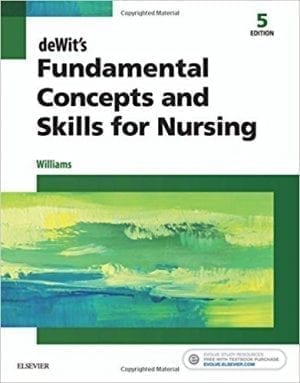



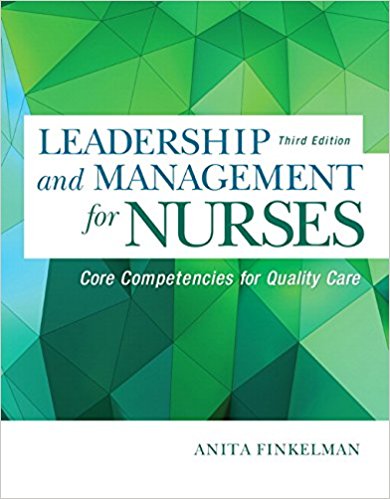
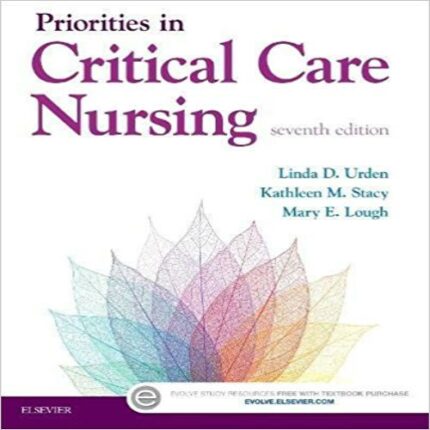
Reviews
There are no reviews yet.